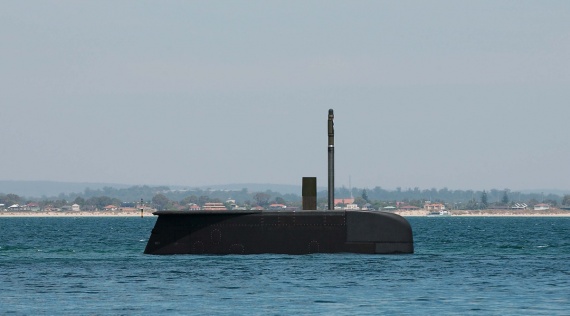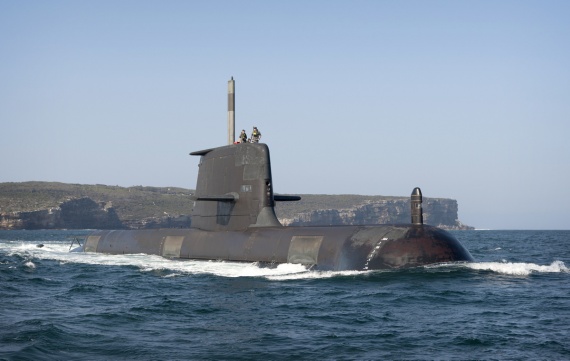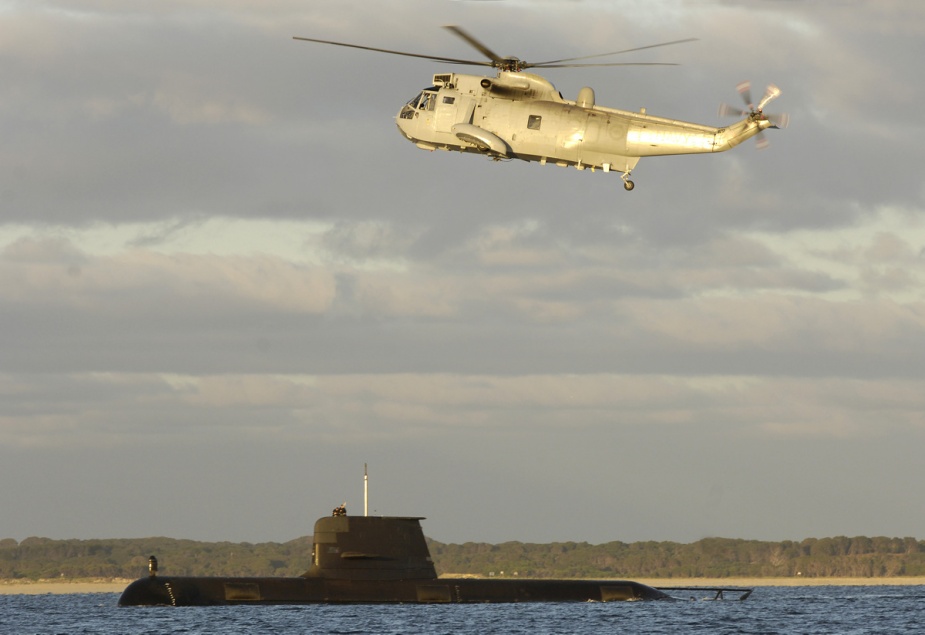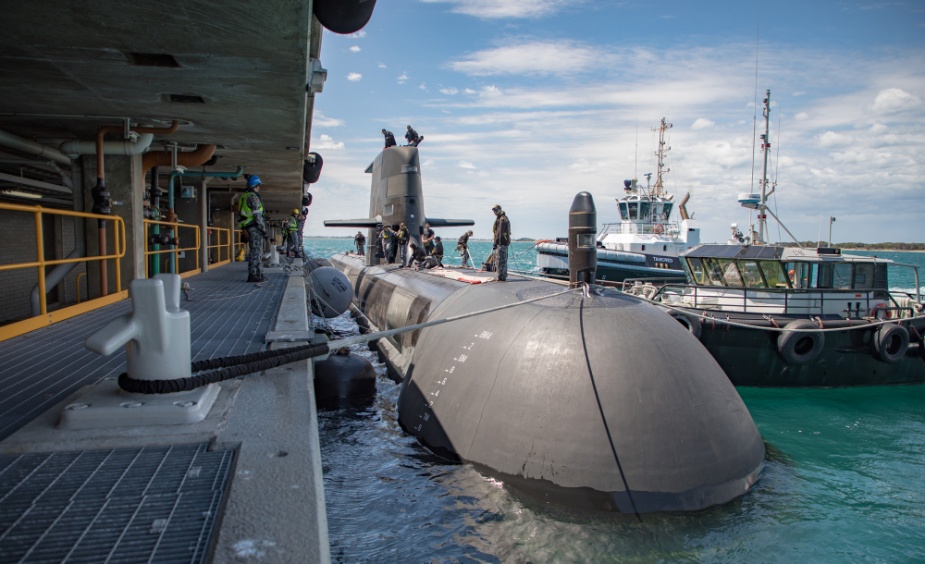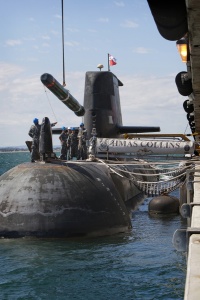
Based at Fleet Base West in Western Australia, HMAS Collins was the first of the six Collins Class submarines to enter service in the Royal Australian Navy. These submarines are a formidable element in Australia"s defence capability.
Collins was launched in Adelaide, South Australia by Vice Admiral Sir John Collins’ widow, Lady Phyllis Collins on 28 August 1993 and commissioned in Adelaide on 27 July 1996.
HMAS Collins’ operational characteristics and range have been tailored specifically for its defence and two-ocean surveillance role in the Royal Australian Navy. Designed to be as quiet as advanced technology can achieve, Collins Class submarines have been developed from five generations of submarines designed and built by the Swedish Navy.
One of the first submarines to be totally designed by computers, HMAS Collins boasts a vast range of features. They include a high-performance hull form, highly automated controls, low indiscretion rates, high shock resistance, optimal noise suppression and an efficient weapons handling and discharge system.
The submarine moves silently on electric power supplied to the propulsion motor by banks of new technology lead-free batteries. The batteries are charged by three onboard diesel generator sets.
The sophisticated combat system gathers its intelligence from its sensors, computes the input and then launches and directs weapons.
Since commissioning, HMAS Collins has successfully conducted a range of activities throughout the region in support of Australian Defence Force exercises, operations and the government"s strategic directives.
HMAS Collins is named after Vice Admiral Sir John Augustine Collins, KBE, CB, RAN who was a significant figure in the Navy"s history. During his tenure as the captain of HMAS Sydney (II) in World War II, Collins lead his men to victory in the Mediterranean against a formidable enemy. In June 1944, in recognition of his valuable services, he was made a Commodore First Class and appointed Commander of the Australian Squadron. In October 1944, Collins was severely injured after his flagship, HMAS Australia (II) was attacked by Japanese suicide aircraft. In 1947, Collins was promoted to the rank of Rear Admiral, becoming one of the first graduates of the Royal Australian Naval College to attain flag rank. In February 1948, he assumed the appointment of First Naval Member of the Australian Commonwealth Naval Board and Chief of Naval Staff.
History of the Crest
The Blazon
Azure; a Maltese Cross argent surmounted by an Admiralty anchor.
Motif description
The blue field represents the Navy and the sea. The white Maltese Cross represents wartime naval service in the Mediterranean Sea while in command of HMAS Sydney (II) where the then Captain Collins earned his reputation. The double fouled anchor has been lifted from the Chief of Naval Staff (CNS) flag and indicates that Collins was the first Australian born Chief of Naval Staff.
Specifications
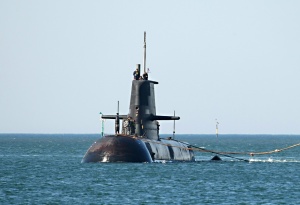 |
| Class |
Collins Class |
|---|---|
| Type |
Guided Missile Submarine, Diesel-Electric (SSG) |
| Pennant |
S73 |
| International Callsign |
VMLC |
| Motto |
Vanguard |
| Home Port |
Fleet Base West |
| Builder |
Australian Submarine Corp, Adelaide |
| Laid Down |
14 February 1990 |
| Launched |
28 August 1993 |
| Launched by |
Lady Phyllis Collins (widow of Vice Admiral Sir John Collins) |
| Commissioned |
27 July 1996 |
| Dimensions & Displacement | |
| Displacement |
|
| Length | 77.8 metres |
| Beam | 7.8 metres |
| Draught | 7 metres |
| Performance | |
| Speed |
|
| Range |
|
| Complement | |
| Crew |
|
| Propulsion | |
| Machinery |
|
| Armament | |
| Missiles | McDonnell Douglas Sub Harpoon Block 1B (UGM 84C); active radar homing |
| Torpedoes | 6-21 in (533 mm) fwd tubes. Gould Mk 48 Mod 4/6/7; dual purpose; wire-guided; active/passive homing |
| Mines | 44 in lieu of torpedoes |
| Physical Countermeasures | Decoys: 2 SSE. |
| Electronic Countermeasures | ESM: Condor CS-5600; intercept and warning. |
| Radars | Navigation: Kelvin Hughes Type 1007; I-band. |
| Sonars |
|
| Weapon Control Systems | AN-BYG 1. Link 11. |
| Resources | |
| News Articles |
Defence News |
| Image Gallery |
HMAS Collins |
